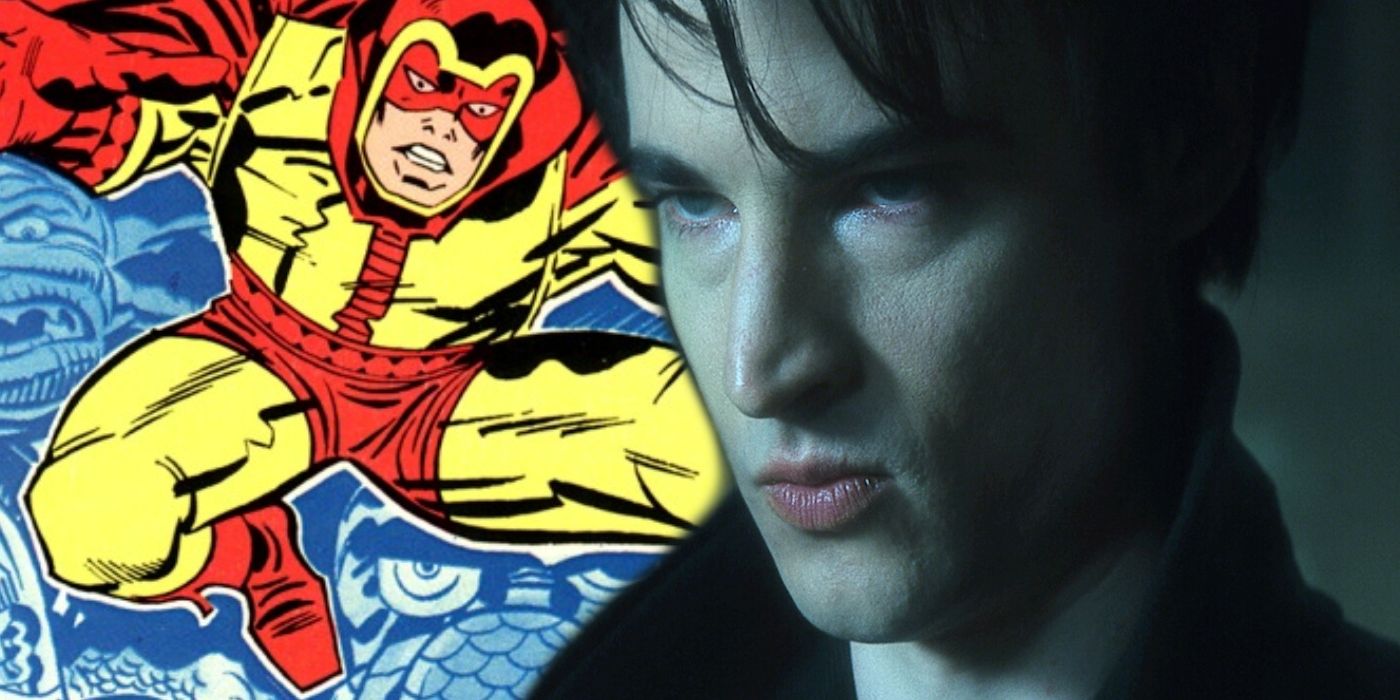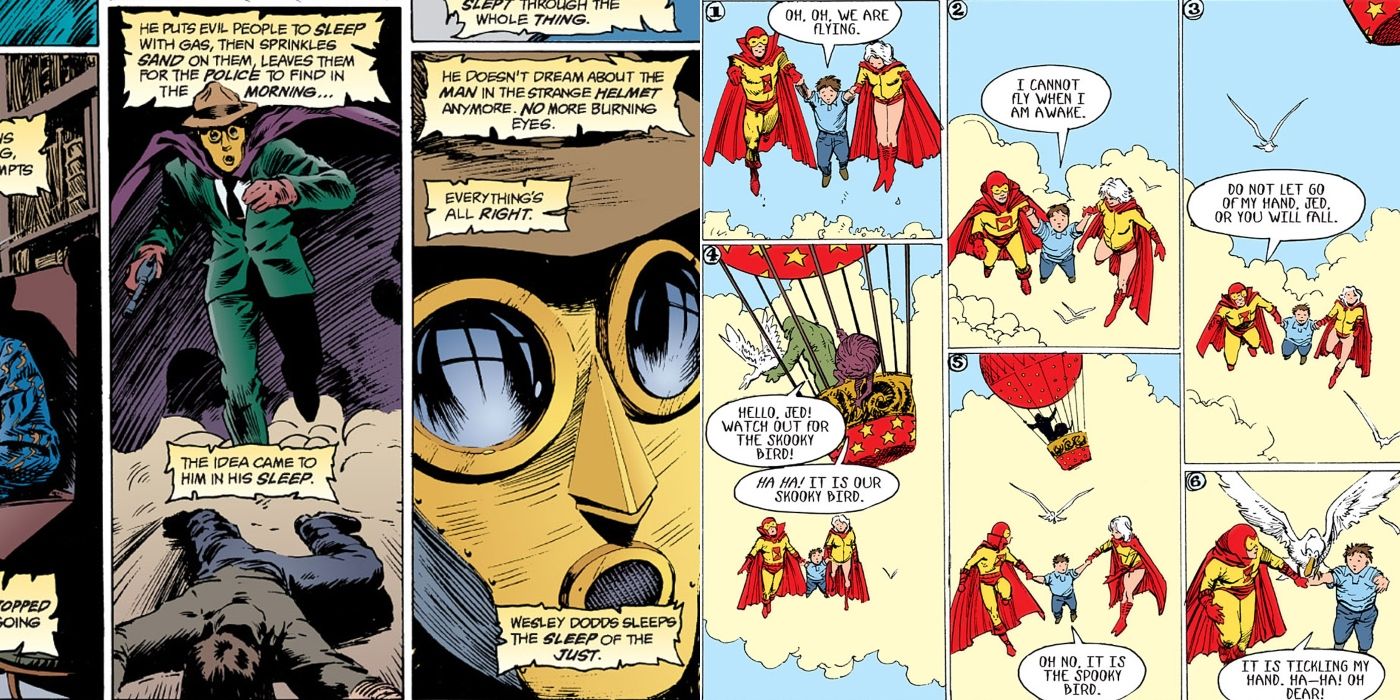While Neil Gaiman’s The Sandman has recently become a global phenomenon years following its initial graphic novel release (due in part to its two latest adaptations in the form of an Audible original audio-drama and a Netflix live-action series), Gaiman wasn’t the first person to bring a character known as the Sandman to the pages of DC Comics as Jack Kirby did so years earlier–a fact that was not lost on Gaiman themself.
The Sandman by Neil Gaiman and Sam Kieth tells the story of Morpheus aka Dream of the Endless following his decades-long capture by the hands of an amateur sorcerer Roderick Burgess. Upon his capture–which lasted for seventy years in the comics–the world fell into chaos as the Lord of Dreams wasn’t able to govern over the Dreaming which had a detrimental impact on the Waking World. Around the globe, people were suffering from a disease that no one had heard of before, one that either caused people to sleep without waking, or wander the Earth without sleeping. While initially tragic, Dream’s capture created a ripple effect that laid the groundwork for the events of the entire series–including a few callbacks to the previous ‘Sandmen’ in DC’s catalog.
Neil Gaiman’s The Sandman was introduced in 1989, but Jack Kirby’s The Sandman came out more than a full decade earlier in 1974–though it was a far cry from what fans of Gaiman’s iconic story are used to seeing from a being known as the Sandman. 1974’s The Sandman by Jack Kirby and Joe Simon followed a man named Garrett Sanford aka the Sandman who was a classic superhero-type fighting bad guys and saving the day all while wearing a bright yellow and red costume. This iteration of the Sandman didn’t last very long, however, only running for six issues, but its legacy still lives on to this day. In The Sandman #10 by Neil Gaiman and Sam Kieth, readers are given a look inside the dreamscape of Jed–an incredibly important character to the wider scheme of the story. Within his dream, Jed is helped by a superhero named the Sandman, and that hero is the spitting image of Kirby’s iteration of the character, allowing the life of this short-lived hero to continue beyond his own title–and Kirby’s isn’t the only legacy Sandman granted eternal relevance through Gaiman’s writing.
Neil Gaiman’s Sandman Merged Every Iteration of the Character into One Story
In The Sandman #1 by Neil Gaiman and Sam Kieth, readers are given a look at the world without the Sandman while also being introduced to one man who subconsciously yearned to fill the vacuum left by Dream with his own brand of vigilante justice. This man was named Wesley Dodds, but at night, he would put on his superhero costume–complete with a cape, hat, three-piece suit, and a gas mask–and stop criminals. Dodds did so by shooting evil-doers with a sleeping gas (hence the mask)–knocking criminals unconscious and then leaving them for the authorities. In Gaiman’s Sandman, Dodds felt the need to do this because of Dream’s absence, but that motivation was unique to this storyline as Dodds was actually a canonical DC Comics character decades before Morpheus. Wesley Dodds was actually the original Sandman who was introduced in the 1939 comic New York World’s Fair Comics #1 by Gardner Fox and Bert Christman.
So, while Kirby introduced DC to The Sandman before Neil Gaiman, Fox and Christman introduced their Sandman long before even Jack Kirby. The beauty of all this, though, is that–unlike other re-worked titles and characters within a comic publisher’s catalog–Neil Gaiman didn’t just ignore the previous ‘Sandmen’, but instead made the lore of every Sandman title canonical within Gaiman’s original story–a rare treat for comic lovers as well as being a perfect example as to why Neil Gaiman is truly a master storyteller.


